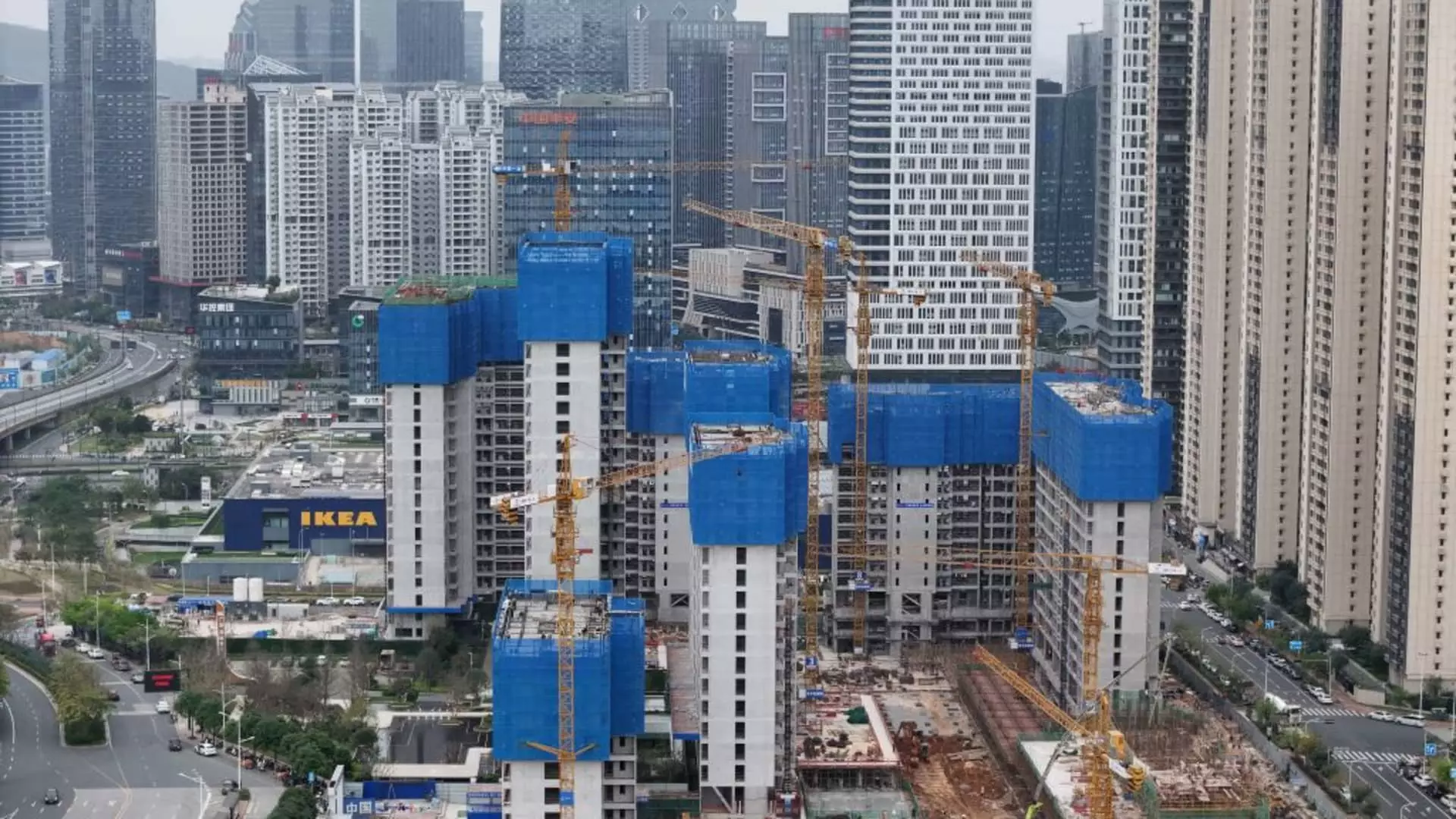China’s fiscal stimulus efforts are facing challenges as noted by S&P Global Ratings senior analyst Yunbang Xu. The current strategy seems to be losing its effectiveness and it is now viewed more as a tactic to buy time for industrial and consumption policies rather than a sustainable solution to boost the economy. Xu emphasized that while fiscal stimulus may provide short-term benefits, its impact will be limited unless the focus shifts towards projects that promote consumption growth and industrial upgrades that add value to the economy.
The analysis utilized government spending growth as a key indicator of fiscal stimulus. However, the report highlighted that high debt levels in local governments are constraining the ability to implement significant fiscal stimulus measures. This is evident even in cities with varying income levels, as shown by the disparity in public debt as a percentage of GDP between high-income cities like Shenzhen and low-income cities like Bazhong.
Despite the challenges in implementing effective fiscal stimulus, Xu suggested that local governments should prioritize initiatives aimed at reducing bureaucratic obstacles and creating a more conducive business environment to support sustainable economic growth. The focus should be on fostering long-term growth and improving living standards rather than relying solely on short-term stimulus measures.
The report also addressed the impact of fiscal stimulus on investment trends in China. While fixed asset investment saw some improvement in March, driven mainly by manufacturing investments, the slowdown in the property sector had a negative effect on overall investment growth. Infrastructure investments also experienced a decline during this period, signaling the need for a more comprehensive approach to economic revitalization.
To boost domestic demand, the Chinese government announced plans to incentivize equipment upgrades and consumer product trade-ins through subsidies and other measures. These initiatives are expected to generate substantial annual spending on equipment, with strong support from the central government. However, the effectiveness of these measures remains to be seen in light of the current economic challenges.
S&P’s findings revealed that fiscal stimulus measures carried out by local governments have yielded better results in wealthier cities compared to poorer regions. The focus on industry, consumption, and investment as key growth drivers reflects the government’s commitment to driving economic progress through targeted policies. Higher-tech sectors are expected to play a crucial role in China’s industrial transformation and long-term economic stability.
The analysis of China’s fiscal stimulus strategy highlights the need for a more sustainable approach to economic recovery. While fiscal measures may provide temporary relief, the focus should be on creating a conducive environment for long-term growth and development. By addressing the challenges of debt, investment, and infrastructure, China can navigate its way towards a more stable and resilient economy that is less reliant on short-term stimulus measures.


Leave a Reply